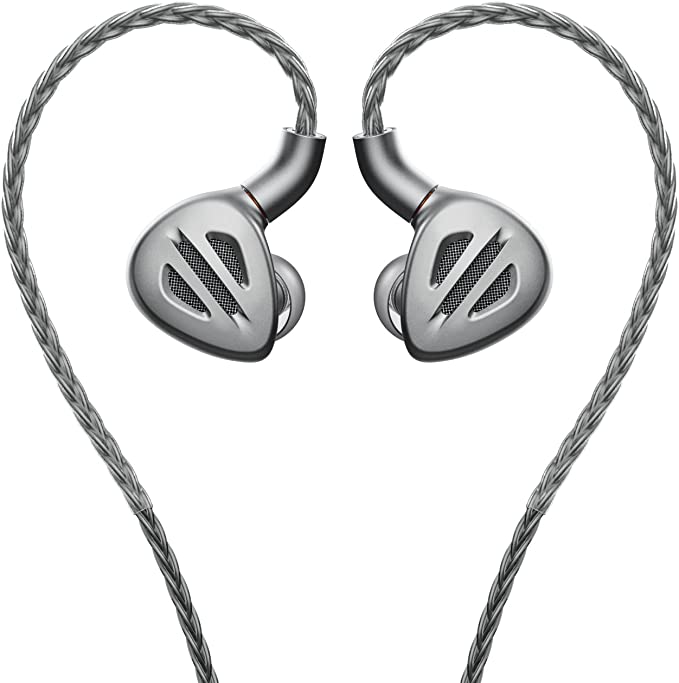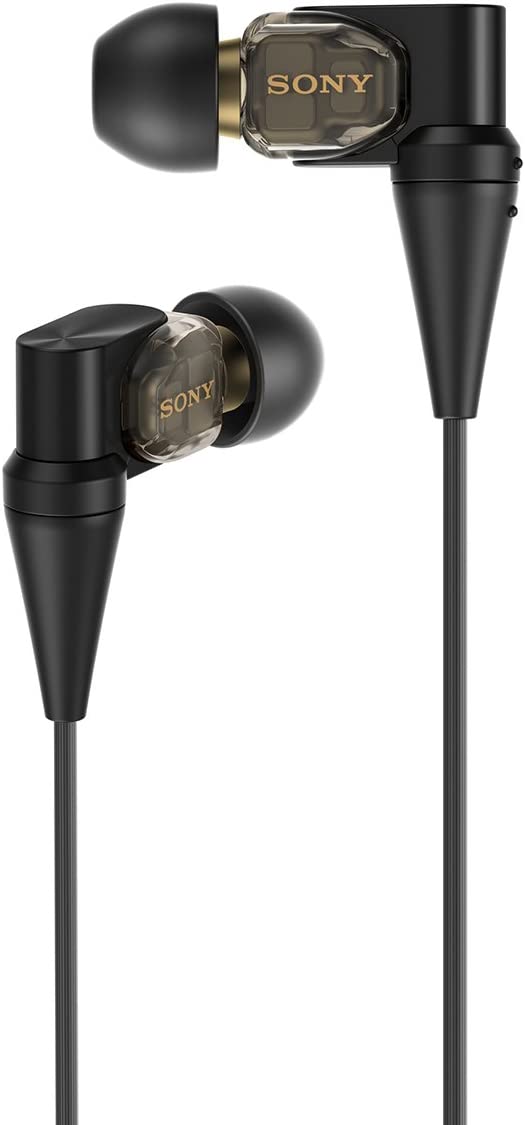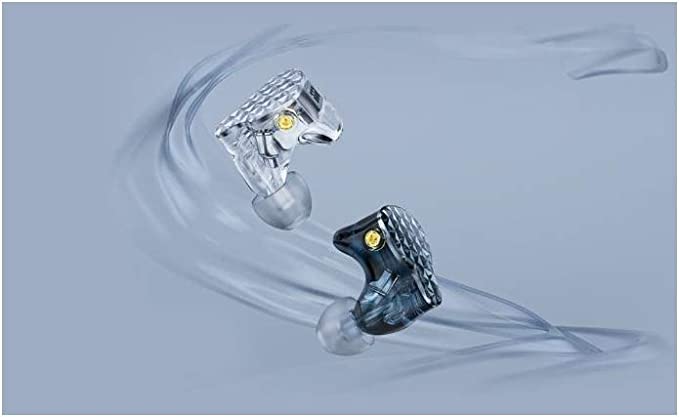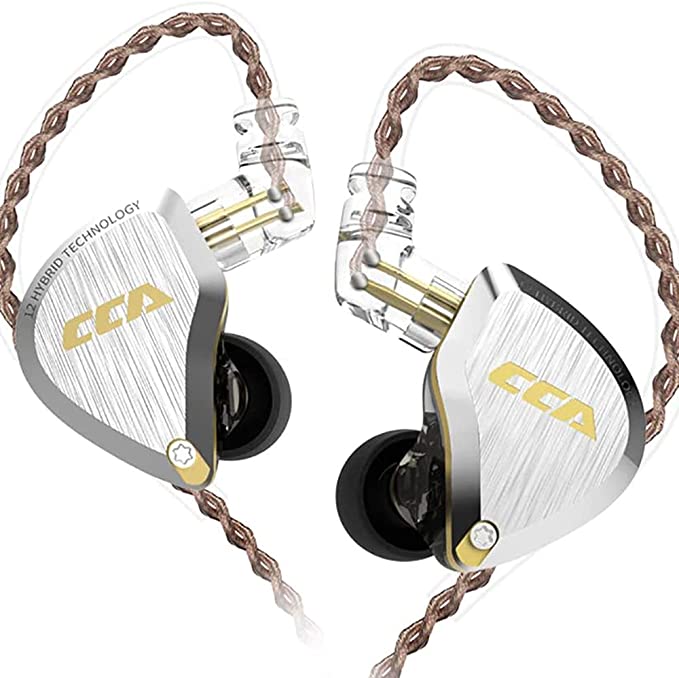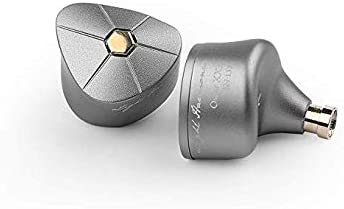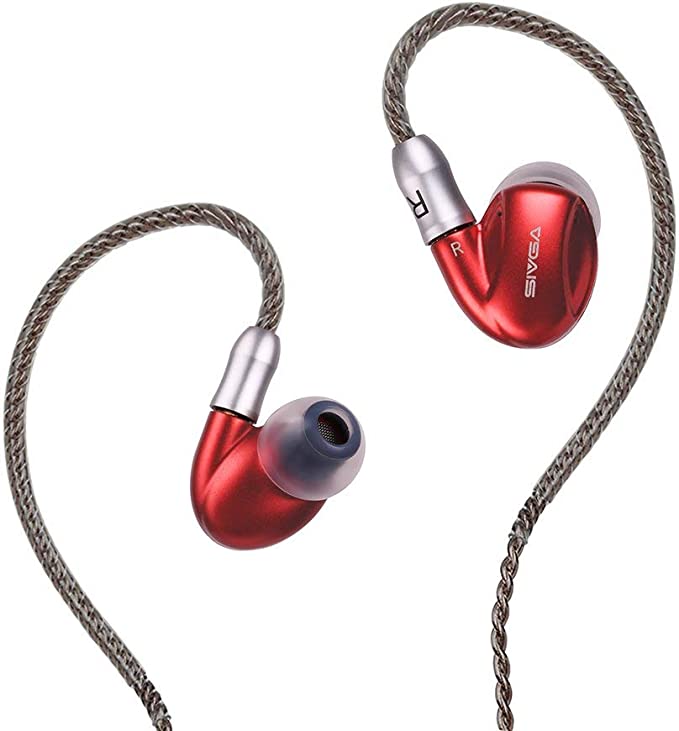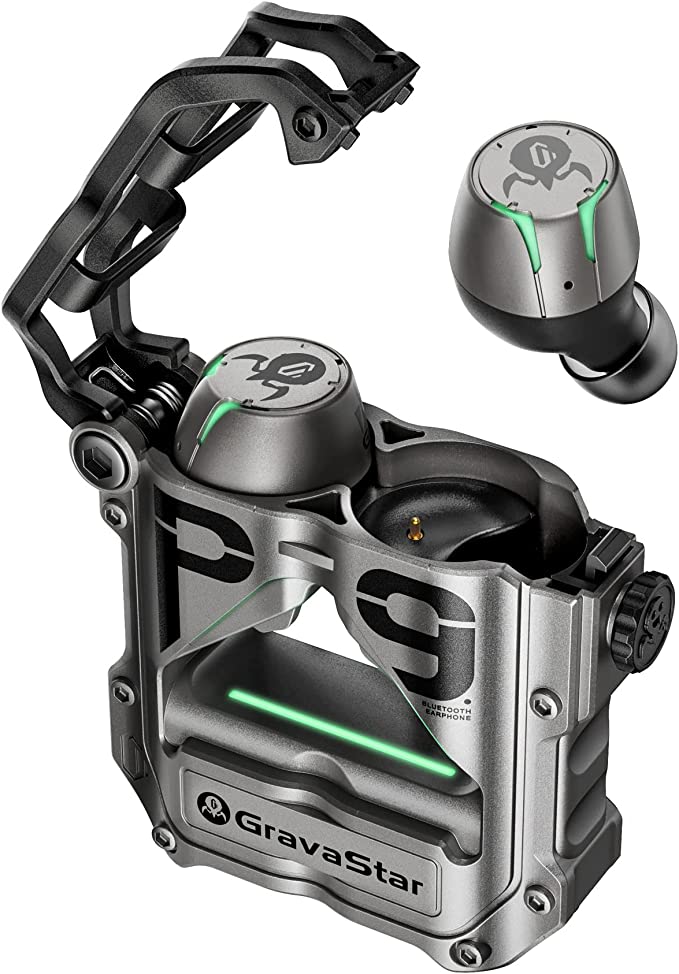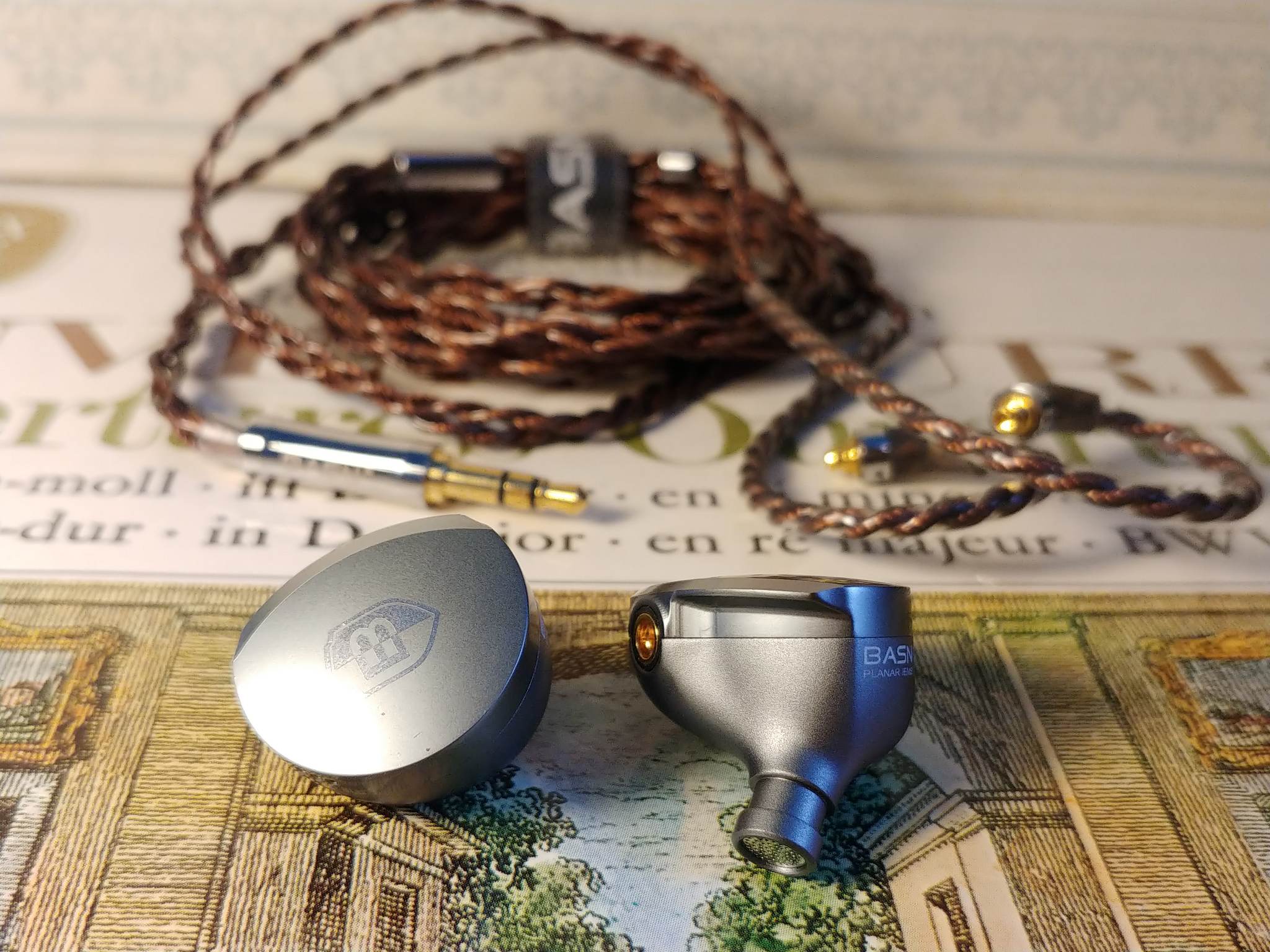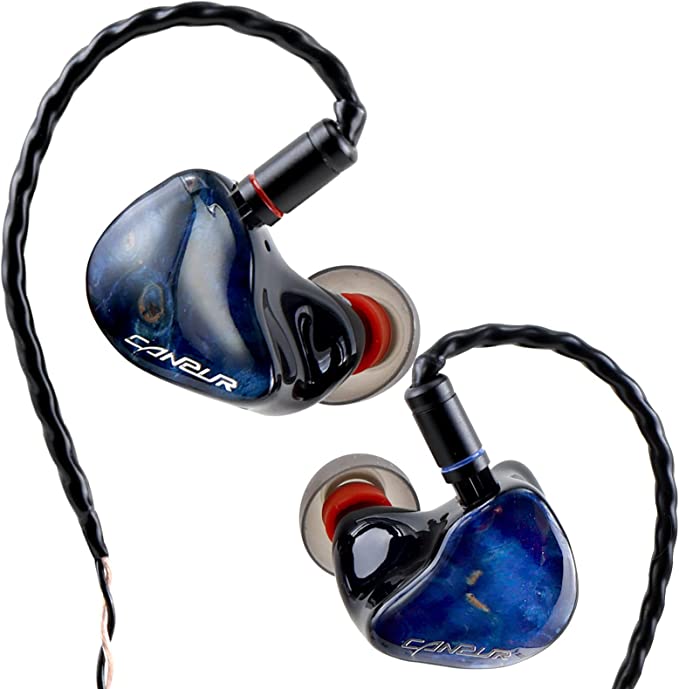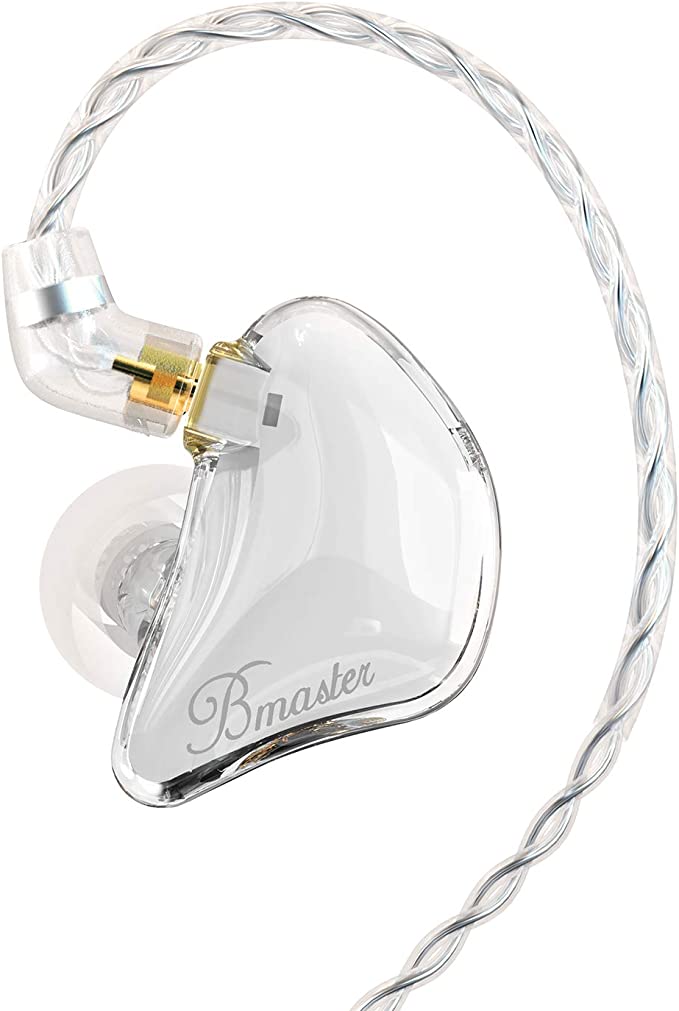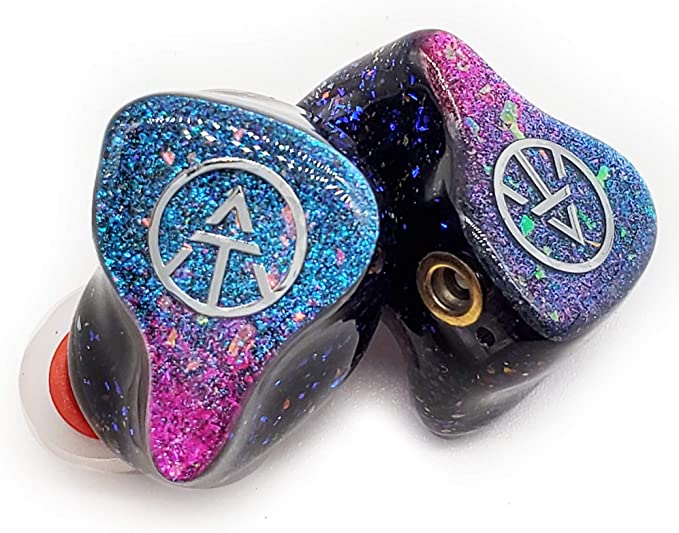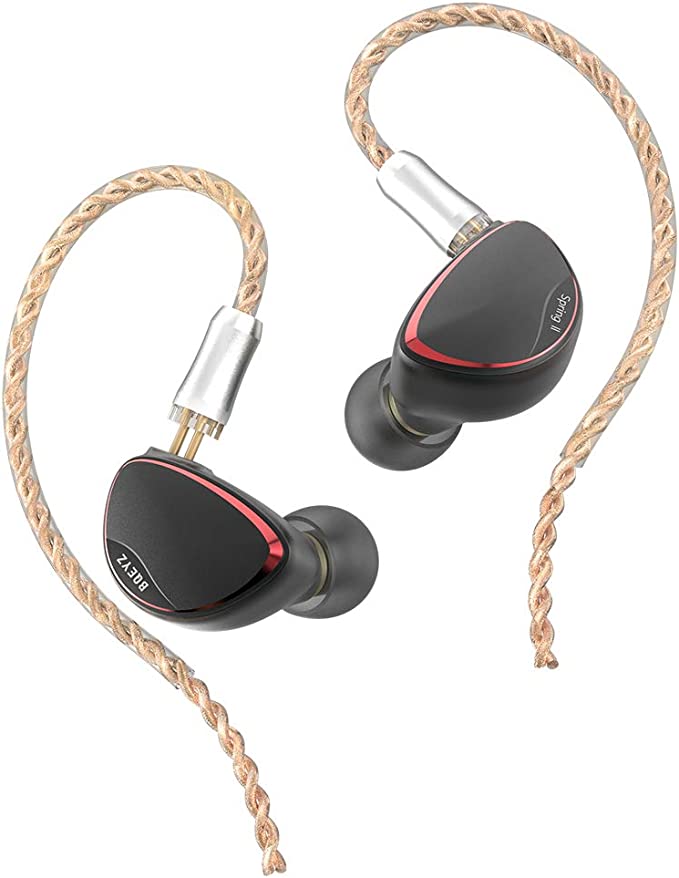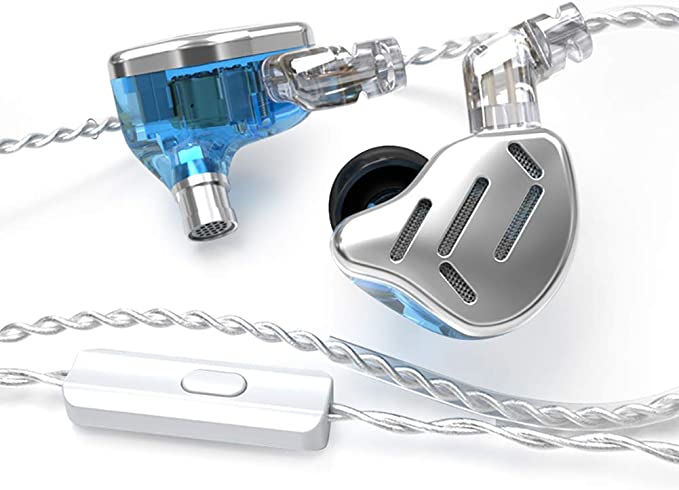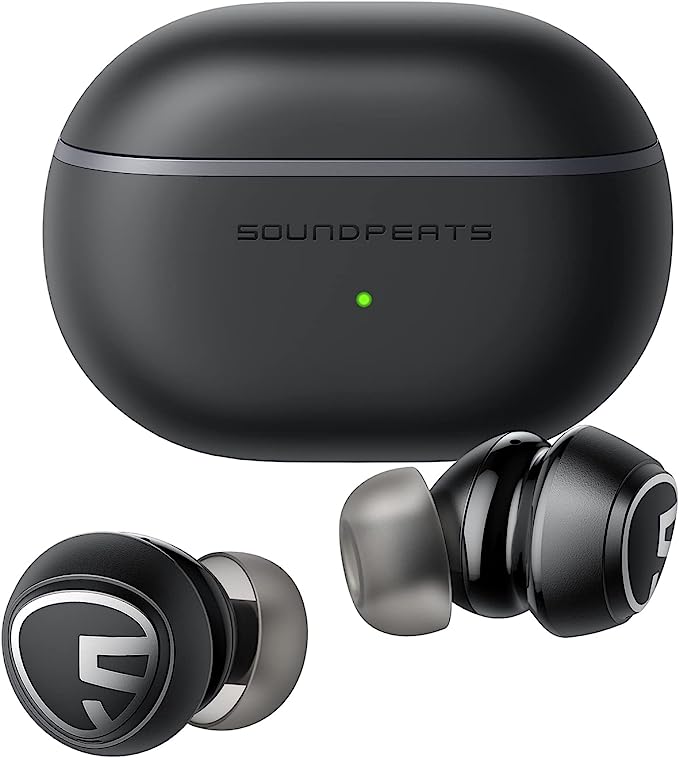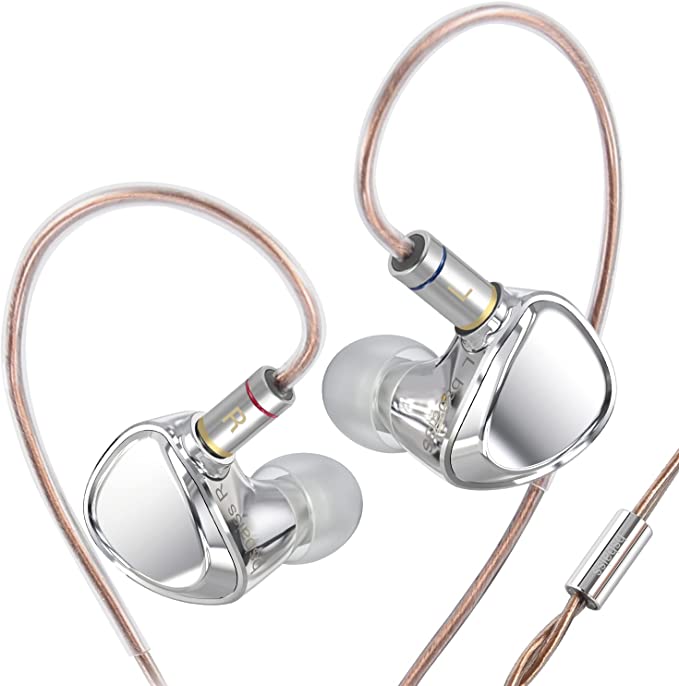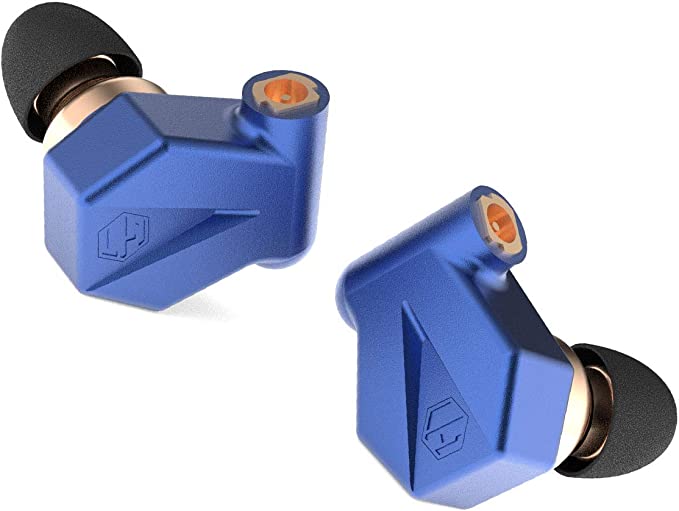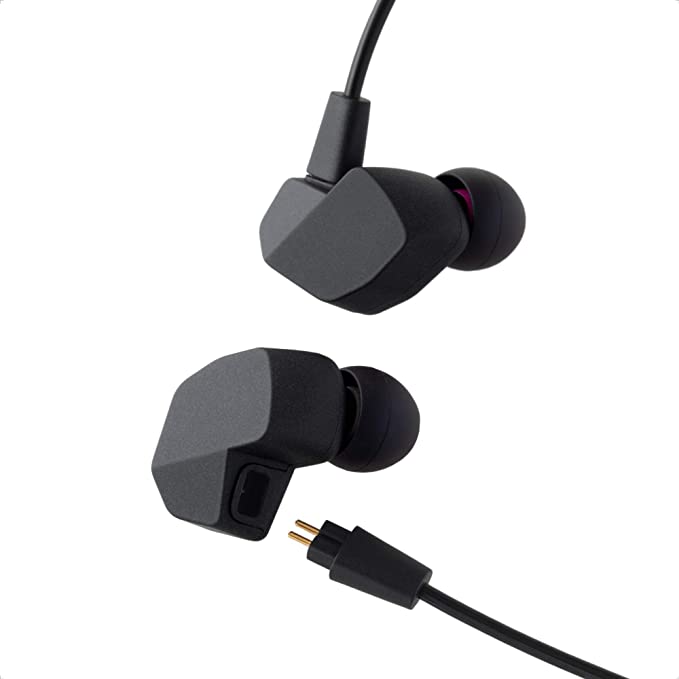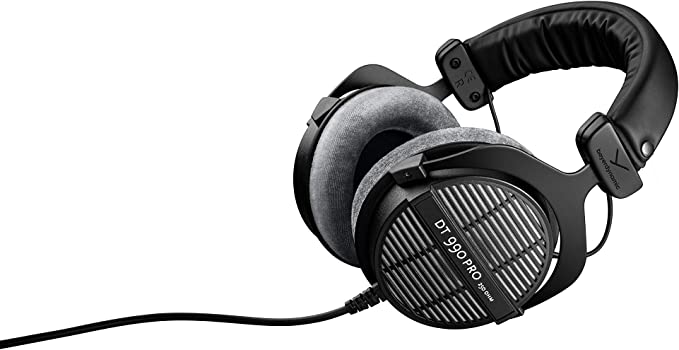Shure SE425 PRO Earbuds: Immerse Yourself in Pristine
Update on Aug. 24, 2025, 4:44 p.m.
The world of a professional drummer is a paradox of control and chaos. Perched center stage, they are the rhythmic heart of the performance, yet they are besieged by a tsunami of sound. The searing guitar riffs from an amplifier stack to their left, the thunderous bassline from the right, and the roar of the crowd in front all converge into a deafening, often indistinct, wall of noise exceeding 120 decibels. For decades, the solution was brute force: massive, wedge-shaped floor monitors aimed at the musician, blasting an even louder mix back at them. This was the “loudness war” fought on stage every night, a battle whose only certain casualty was the musician’s hearing. From this crucible of extreme acoustic demands, a revolutionary tool was forged—one that would eventually find its way from the world’s biggest stages into the hands of anyone seeking clarity in the chaos. This is the story of the in-ear monitor, and it is the key to understanding the remarkable engineering of the Shure SE425.
The genesis of the modern in-ear monitor (IEM) is a piece of rock and roll legend. In the late 1980s, fed up with the deafening and imprecise sound of stage wedges, musicians like Van Halen’s Alex Van Halen sought a better way. They turned to audio innovators like Jerry Harvey, who began crafting custom-molded earpieces that could house tiny, precise speakers. The concept was twofold and revolutionary: first, to physically block out the overwhelming stage noise, and second, to deliver a crystal-clear, perfectly balanced studio-quality mix directly into the musician’s ear. It was a paradigm shift from enduring sound to controlling it. Industry stalwarts like Shure, with their deep roots in professional stage equipment, quickly recognized the potential and became pioneers in refining this technology for a wider audience. The SE425 is a direct descendant of this lineage, a distillation of decades of on-the-road problem-solving, packaged into a universal-fit design.

Building the Wall of Silence
To appreciate the SE425 is to first appreciate the science of silence. Its most powerful feature isn’t what it produces, but what it eliminates. The specification sheet promises up to 37 decibels ($dB$) of sound isolation, a number that is clinical and easily overlooked. Yet, its real-world impact is profound. The decibel scale is logarithmic, meaning that a reduction of 10 dB is perceived as a halving of loudness. A 37 dB reduction can transform the 90 dB roar of a subway car into the gentle 53 dB hum of a quiet library. This is the difference between a stressful, fatiguing environment and a calm, focused one.
This feat is achieved not through electronic trickery, as with Active Noise Cancellation, but through the rigorous application of acoustic physics. The SE425, when fitted with the appropriate foam or silicone sleeves, creates a near-perfect acoustic seal in the ear canal. This seal acts as a barrier with high acoustic impedance, reflecting and absorbing incoming sound waves rather than allowing them to pass through. The compressible foam tips are particularly effective, conforming to the unique shape of each individual’s ear canal to close off tiny air gaps. This seal is absolutely critical; without it, long, powerful low-frequency waves will leak through, resulting in a thin, bass-light sound. As countless users discover, the moment a perfect seal is achieved, the outside world melts away, and the bass response blooms with richness and presence. This isn’t just about a better listening experience; it’s a matter of health. By creating a quiet canvas, the SE425 allows the user to listen at significantly lower, safer volumes, protecting their hearing from the cumulative damage of our increasingly noisy world.

The Watchmaker’s Engine: Inside the Balanced Armature
With the silence established, the challenge shifts to filling it with the most accurate sound possible. Here lies the SE425’s technical heart: its dual balanced armature drivers. To understand their significance, one must first understand the limitations of the conventional single dynamic driver found in most earphones. A dynamic driver, a miniature cone-and-coil piston, is a jack-of-all-trades, tasked with reproducing everything from the deepest bass notes to the highest treble shimmer. Inevitably, compromises are made.
The balanced armature (BA) is a different beast entirely, a marvel of miniaturization born from the hearing aid industry where clarity is paramount. Instead of a cone, a BA driver uses a tiny reed (the armature) suspended, or “balanced,” within a magnetic field. When an electrical signal passes through a coil wrapped around the armature, it causes the reed to pivot with microscopic precision. This movement is transferred via a drive rod to a stiff diaphragm, generating sound. The entire assembly is incredibly small, light, and capable of starting and stopping on a dime.
This physical property gives BA drivers their signature sonic trait: an exceptionally fast transient response. They excel at reproducing fine details, the crisp attack of a snare drum, the subtle rasp in a singer’s voice, the delicate decay of a cymbal. It’s the audible equivalent of a camera with an ultra-high shutter speed, capturing every nuance without blur. The Shure SE425 employs two of these specialized engines in each earpiece—a dedicated woofer for lows and mids, and a dedicated tweeter for highs. An internal crossover network acts as the system’s conductor, intelligently routing the appropriate frequency information to each driver. The result is a sound of immense clarity and separation. Instruments don’t bleed into one another; they occupy their own distinct space in the stereo image, allowing the listener to deconstruct a complex musical passage as if they were sitting at the mixing desk. The trade-off for this analytical precision is a bass that is tight and accurate rather than boomy and overpowering, a characteristic that defines its “professional” or “monitor-like” sound signature.
This intricate, dual-driver architecture, born from the unforgiving demands of the stage, is what allows the Shure SE425 to transform listening from a passive activity into an act of exploration. It is more than just an earphone; it is a precision instrument, an engineered sanctuary that silences the outside world to reveal the intricate, beautiful soul of sound.

